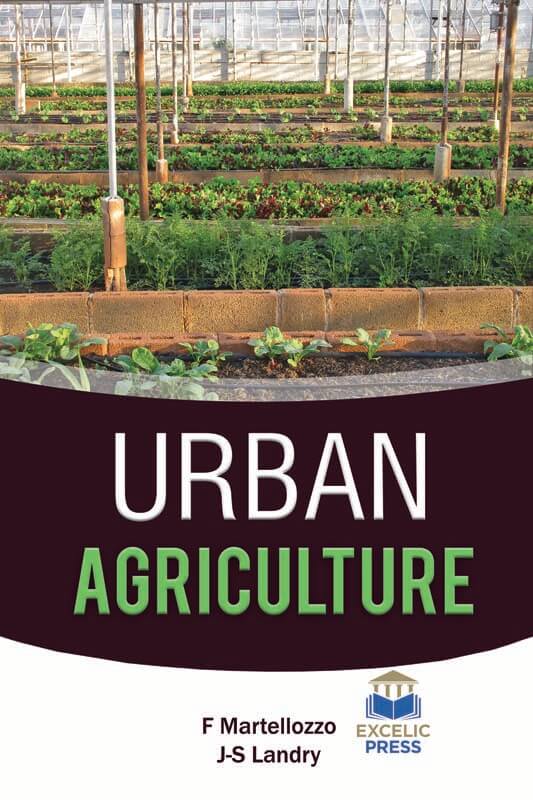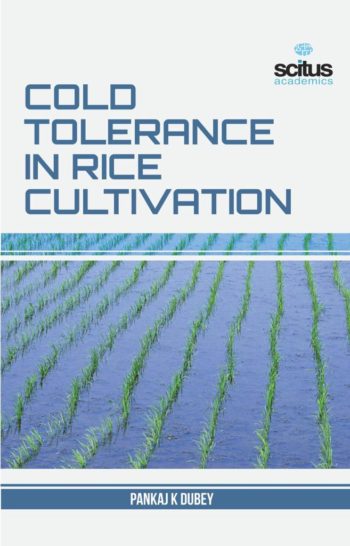The practice of urban agriculture has gained importance due to the rising rate of urban poverty and the population in the developing regions. Urban Agriculture (UA) is an alternative to conventional farming that has emerged as a possible solution to help cities meet Sustainable Development Goals for food requirements and sustainable communities. Recently, there have been significant shifts in the relationship between agriculture, food, and cities which has led to a study of causes, effects, factors, and processes. It has become evident that food production, consumption, and well-being patterned depend not only on economic and social relations of urban systems but also on their ability to sustain them.
A large portion of populations today live in urban areas and it is predicted that population growth will shift to urban regions of less developed countries, with a decline in the global rural population, after 2020 (UN 2010). Thus, it has been proposed that if agriculture is shifted to in or around urban areas, it will deliver food easily and thus reduce the environmental impact of agriculture. Growing urban populations and environmental awareness of food systems have led to the expansion of urban food production (UFP) by reintroducing agriculture into cities with the promotion of alternative supply chains. In developed countries, cities have growingly adopted UFP to enhance urban food security and social equality, while also reducing the environmental burden that urban consumption creates.
The various aspects of urban agriculture – ecological, cultural, social, economic and aesthetic – are considered in this book. They are evaluated as a component of the natural and cultural unceasing that structures the urban and suburban fabric, through its open spaces and interstices, making the articulation and establishing an inter-relationship with the countryside.
This book explores urban agriculture as a method to address global warming by trying to reduce the urban heat island effect while also solving issues of sustainability, such as multi-functionality, establishing new commons, amenities, and ecosystem services, reinventing urban lifestyle, encouraging community building by growing local foods and enhanced water management. This book will serve as purposeful work for architects, landscape designers, urban planners, agronomists and society on the development of viable rooftop farming projects.














Reviews
There are no reviews yet.